Essential Oil Profiles

The essence of a plant acts as a natural defense mechanism; it protects the plant from bacteria, fungi, pests, heat and cold. In fact, the essence of a plant actively participates in the plant's development. There are no two plants that smell exactly alike and the properties of each are unique, which is why the essential oils derived from these plants offer so many benefits.
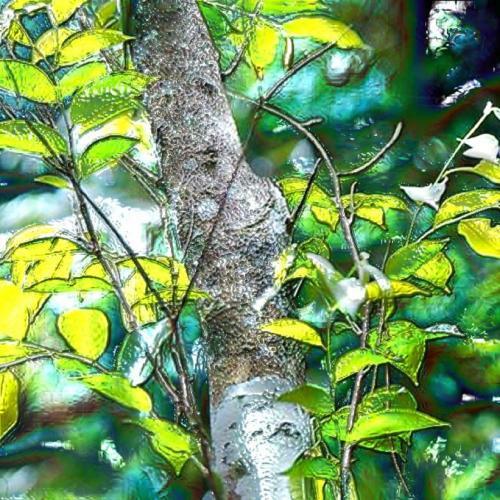
Today the Indian government owns all the sandalwood trees grown in India to keep them from extinction...
Santalum album
Note: Base
Parts Used: roots and heartwood
Source: water or steam distillation of the roots and heartwood of the small evergreen tree native to tropical Asia. The best oil comes from Mysore in India.
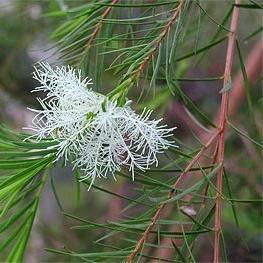
Tea tree was discovered during the expedition of Captain Cook in 1770. The crew members enjoyed drinking a tea brewed from the leaves...
Tea Tree is a purifying, uplifting oil with a warm, fresh, spicy-camphoraceous odor.
Nature: uplifting, purifying
Its strong antiseptic, antiviral and antifungal properties are widely used in its ability to ward off a variety of infections.
Ideal to use in a skin lotion for acne, cold sores, insect bites and infected wounds.
Principal Actions: Stimulates the immune system; used to treat skin ailments; stimulating and clearing as an inhalant.
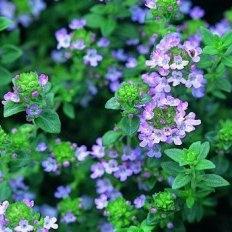
The thymus gland was named after the botanical name thymus, because the gland's appearance resembled the thyme flower...
Thymus vulgaris
Note: Middle - 50
Parts Used: flowers from and evergreen sub-shrub up to 45 cm high
Source: water or steam distillation from the fresh or partially dried leaves and flowering tops. 1. 'Red thyme oil' is the crude distillate. 2. 'white thyme oil' is produced by further re-distillation or rectification.
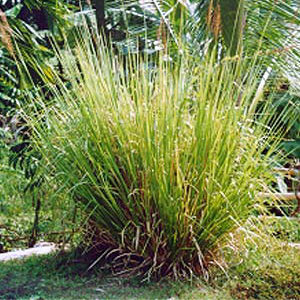
In Russia, the oil is placed in sachets and sewn into the linings of fur coats to protect against damage caused by moths...
Vetiver is a warming, grounding oil with a persistent and deep woody, earthy overtone and smoky undertones.
Only a small amount is needed, or the aroma takes over.
Nature: soothing, warming
The scent of vetiver is deeply relaxing, aiding those with insomnia or nervous tension.
Ideal in a bath or massage to loosen tight or stiff muscles.
Principal Actions: Immune system stimulant; tonic for liver and pancreas; grounding and sedative.
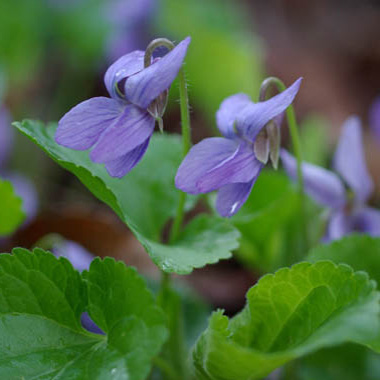
The aroma of violets can cause a temporary loss of smell...
Viola odorata
Parts Used: leaves and flowers
Source: a concrete and absolute from 1. fresh leaves, 2. flowers of the small, tender, perennial plant native to Europe and parts of Asia.
Description and Odor Effect: 1. leaf absolute is an intense dark green viscous liquid with a strong green-leaf odor and a delicate floral undertone. 2 the flower absolute is a yellowish-green viscous liquid with a sweet, rich, floral fragrance.
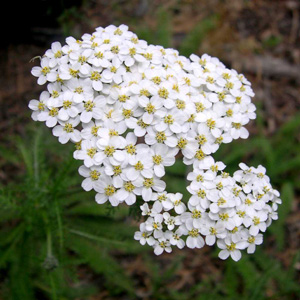
In Nordic countries, the plant was substituted for hops in the production of beer. In Germany, the seeds were used as a preservative in wine...
Achillea millefolium
Note: Top
Parts Used: flower head
Source: steam distillation from the dried herb. Yarrow is a perennial herb with a simple stem up to 1 metre high native to Eurasia; naturalized in North America.
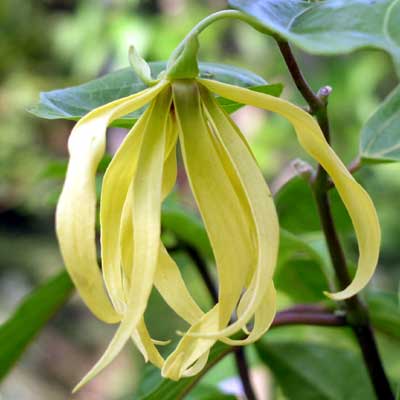
In Indonesia, ylang ylang flowers are placed on the bed of a newlywed couple on their wedding night...
Ylang ylang is intoxicating and uplifting with an intensely sweet, floral scent.
Nature: exotic, enticing
It is sedative and soothing, making it particularly useful for calming rapid breathing and increased heart rate.
It has a balancing effect on skin and can be used for both oily and dry skin conditions.
Ideal in a hair rinse (add 2 drops in your rinse water), and as a general tonic for the scalp.
Principal Actions: Euphoriant, skin and hair rejuvenator, circulatory system stimulant.

